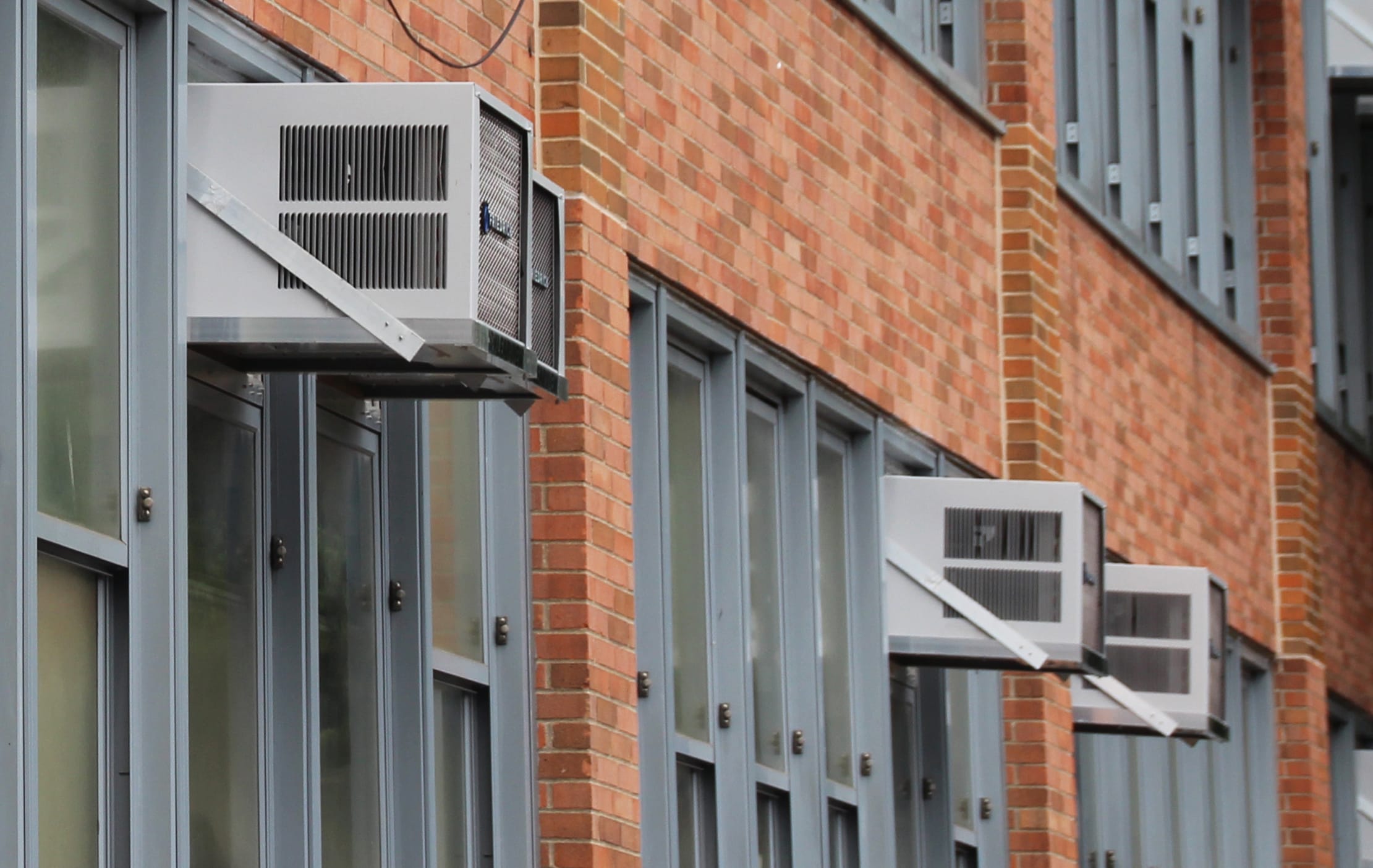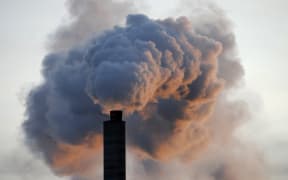New Zealand will slash its use of hydrofluorocarbons by 80 percent over the next 20 years, the government says.

Photo: AFP
Hydrofluorocarbons (HFCs) are widely used in refrigeration and air conditioning and were introduced in the late 1980s to replace ozone-damaging CFCs (chlorofluorocarbons).
While HFCs do not damage the ozone layer, they are a potent greenhouse gas.
New Zealand was one of 170 countries that agreed last year to phase out their use.
Environment Minister Nick Smith said the phase-out plan - which aimed to cut CFC use by 80 percent by 2036 - was an important part of the government's policies for addressing climate change.
The gases were up to 15,000 times more potent in their global warming effect than carbon dioxide, he said.
Cutting their use globally could reduce global temperature rises by 0.5° Celsius by the end of the century.
The move would also contribute towards New Zealand's commitment to reduce its overall greenhouse gas emissions by 30 per cent by 2030, Dr Smith said.
"The phase-down of HFCs will have implications for New Zealand industries like air conditioning and refrigeration that will need to convert to new technologies," he said.
"We have calibrated the phasedown timetable to give industry and consumers time to adapt."
Labour climate change spokesperson Megan Woods said she supported the announcement, but it did not go far enough.
"Measures like this need to be part of a comprehensive plan, so when we are figuring out where we are going to cut our emissions, we need to make that part of the carbon budget, where we doing planning right across our society and economy."
Consumers with heat pumps would not need to upgrade them, but future replacements would need to use new technologies.




